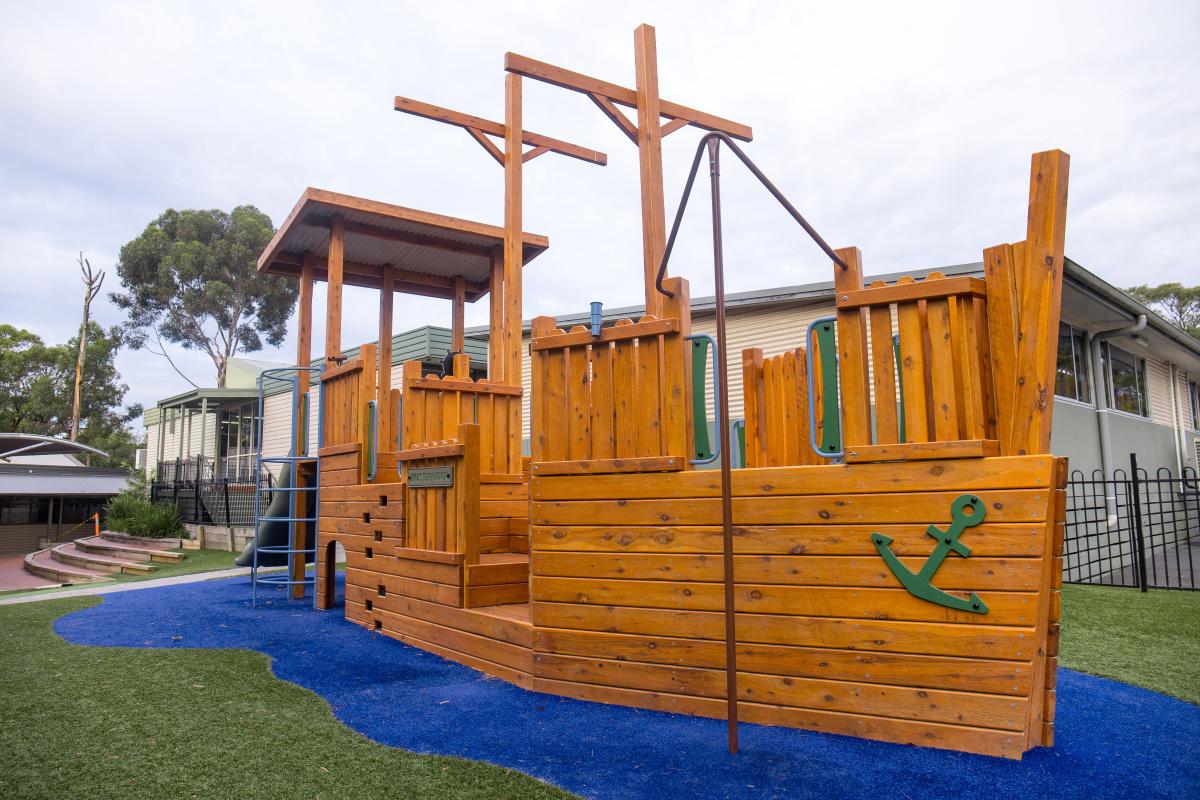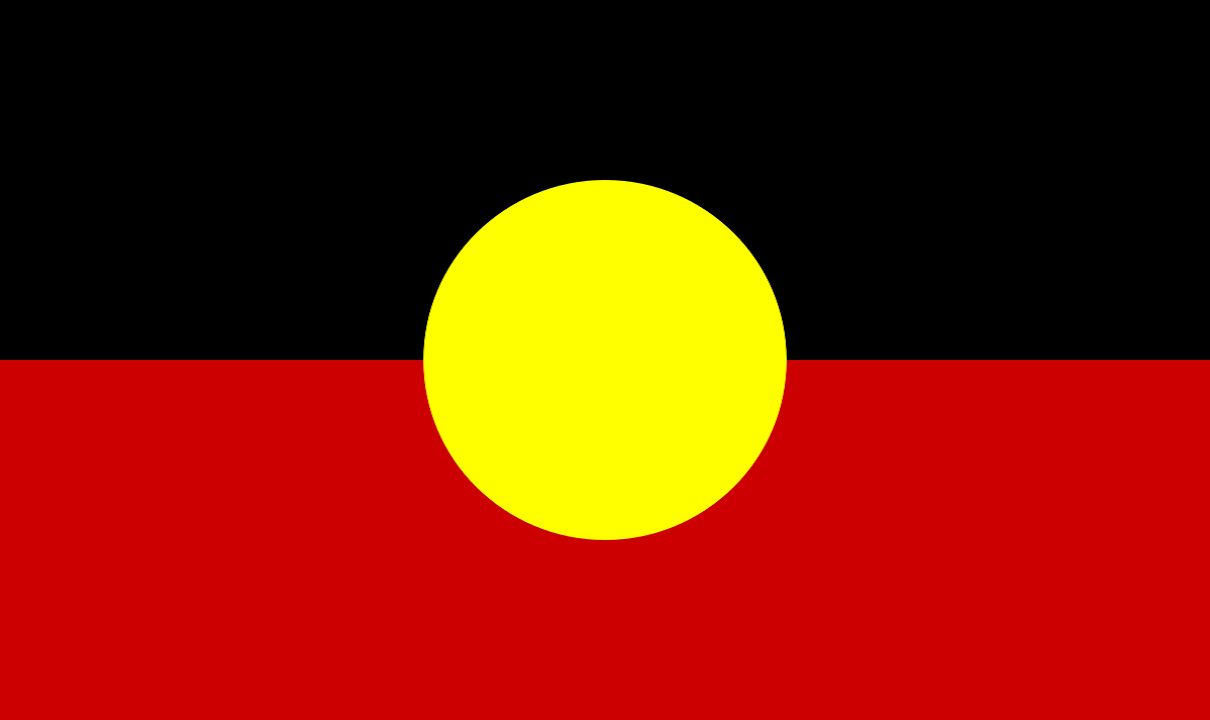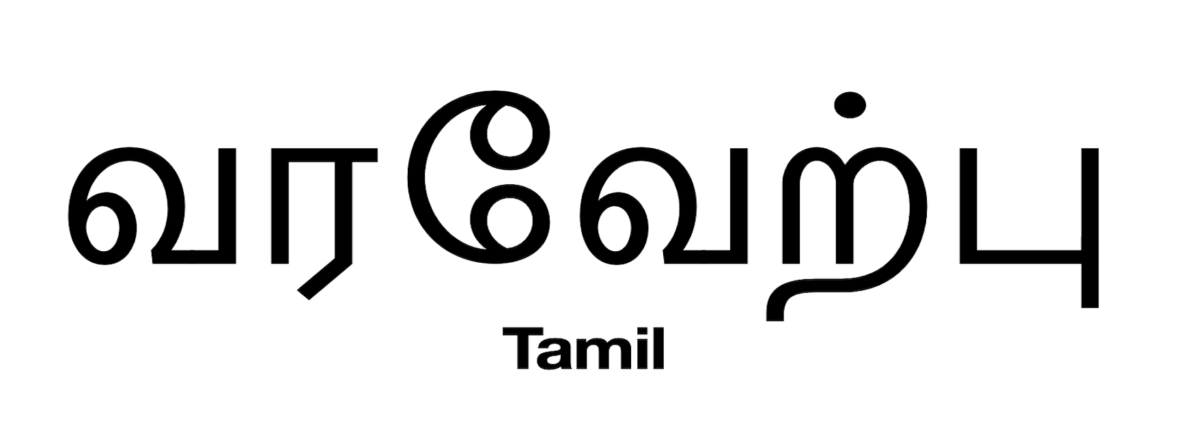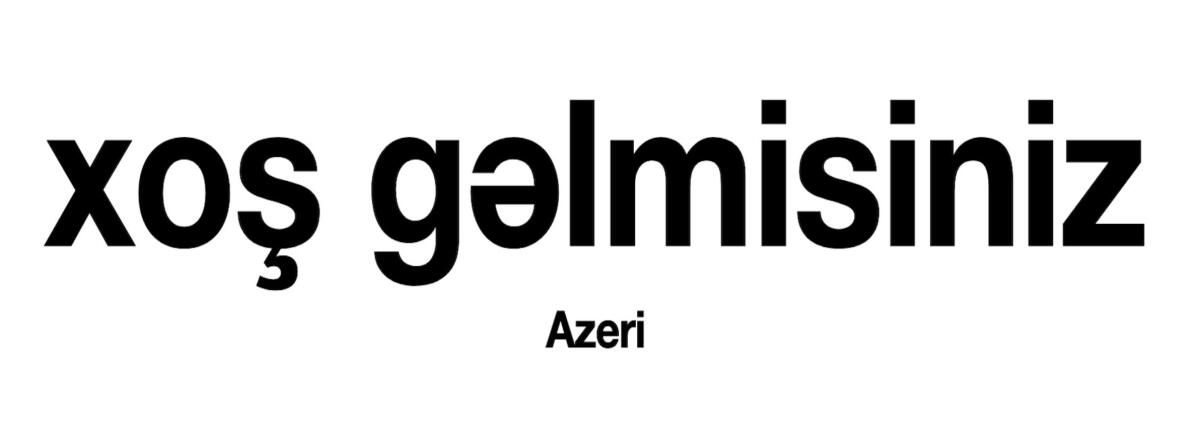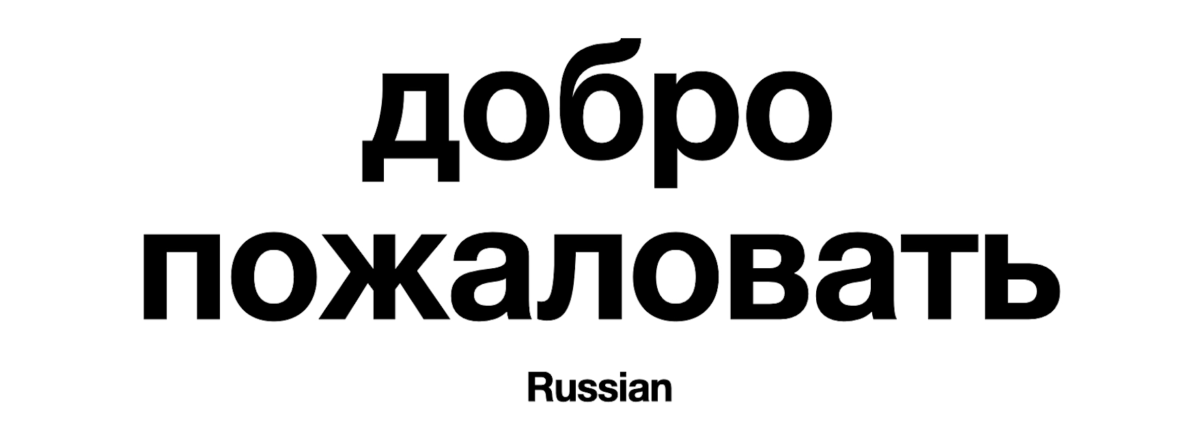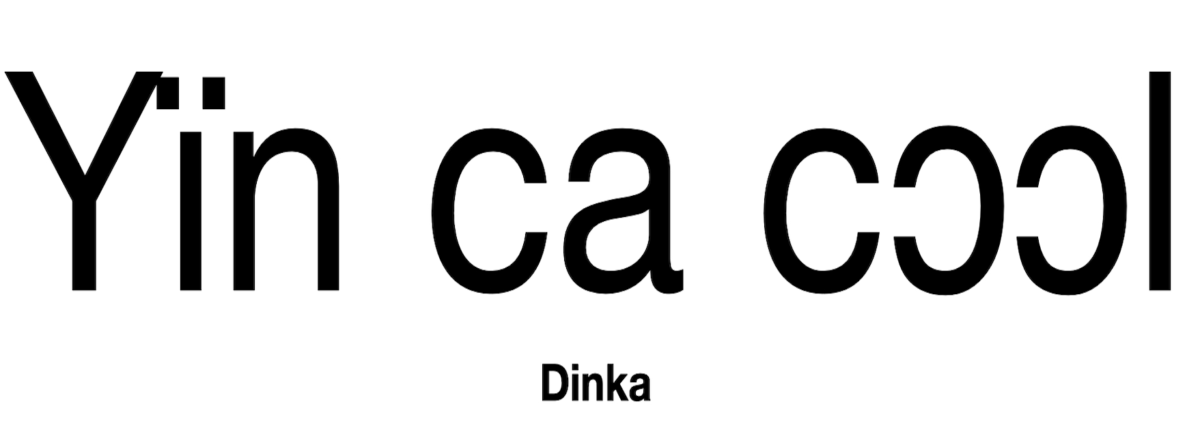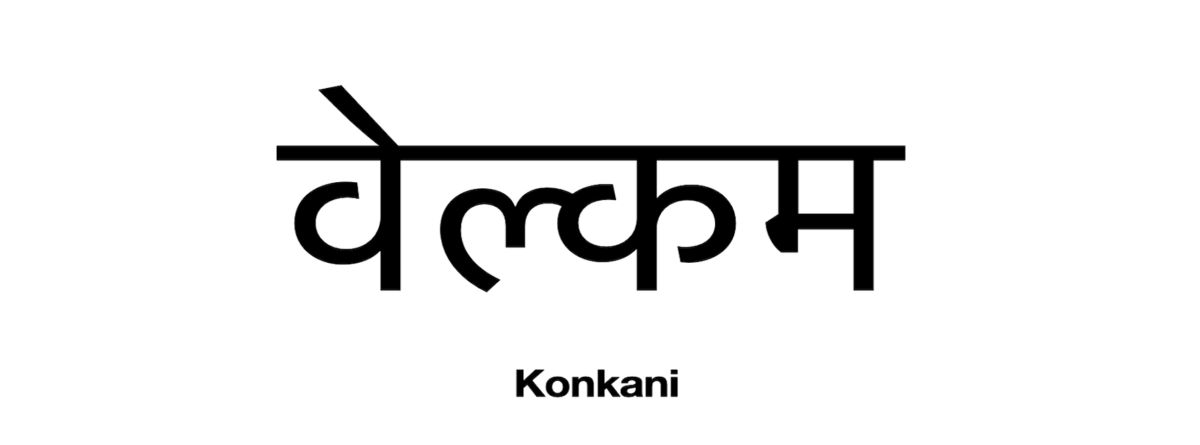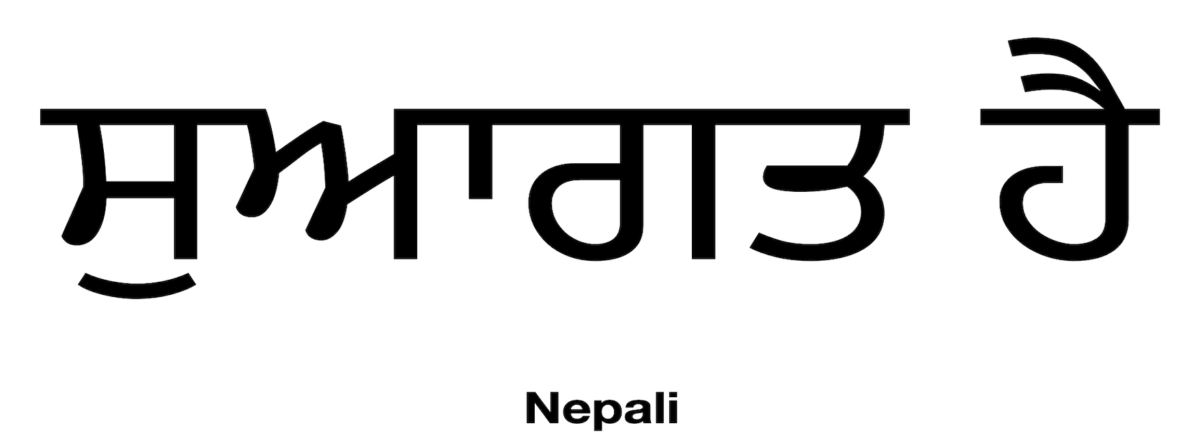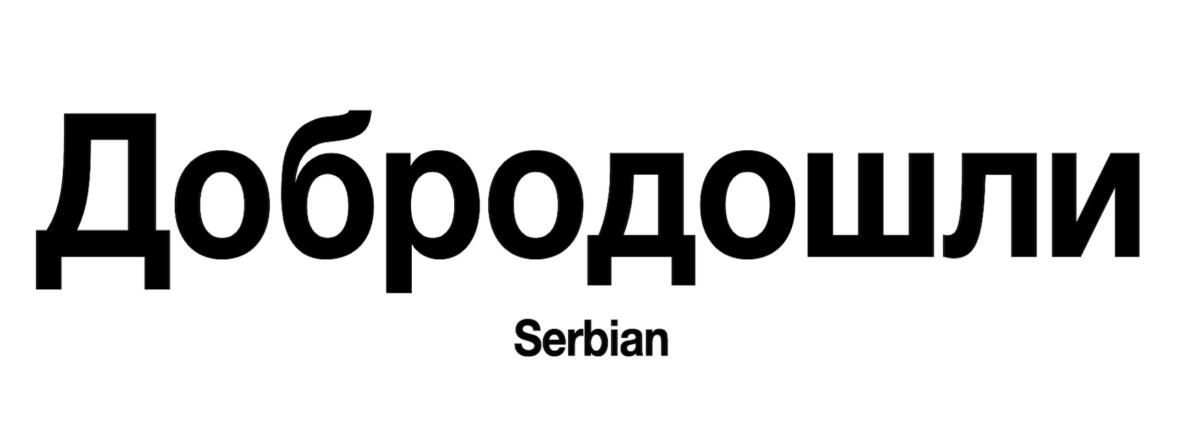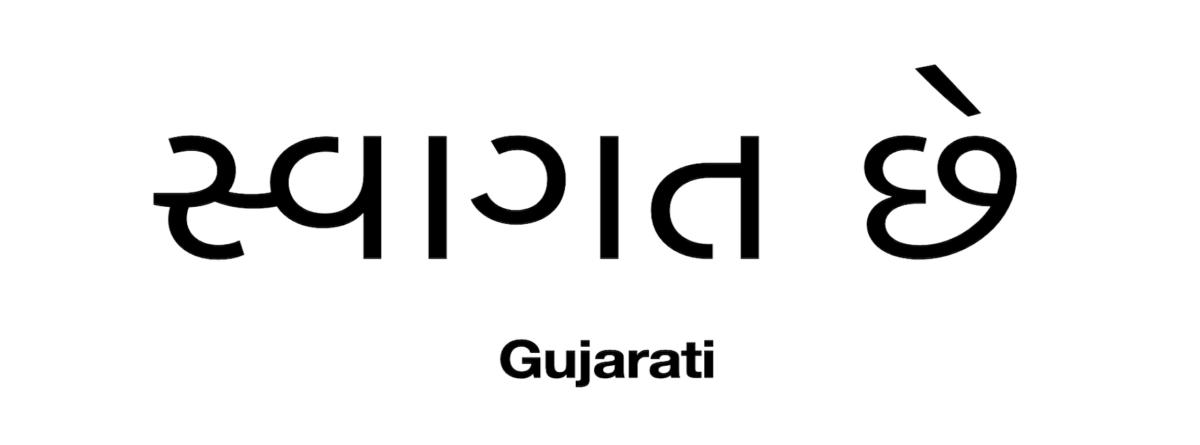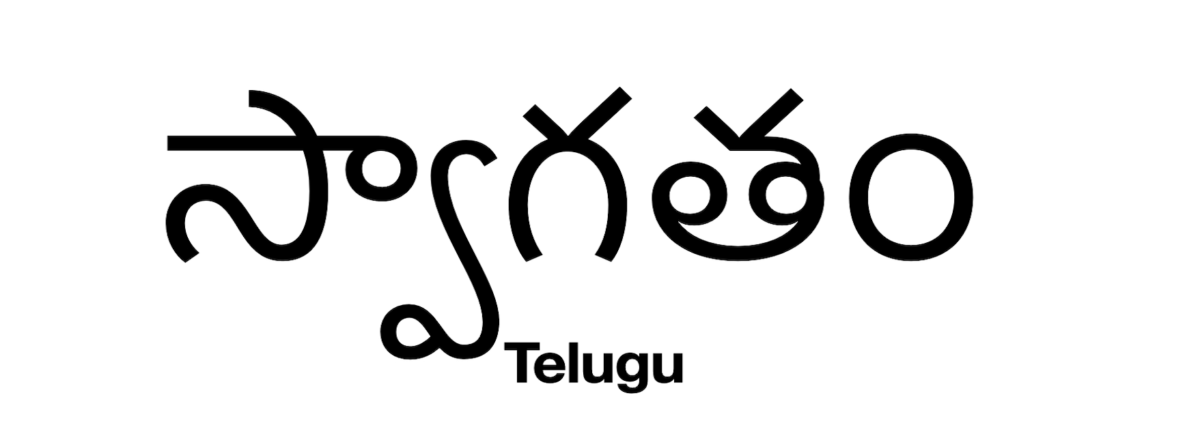
I extend to you a warm welcome to the Templeton Primary School website and thank you for taking the time to visit us.
Templeton is a high performing, student focused school that places a high emphasis on student personal achievement and is committed to challenging our students in all areas of the curriculum. Students’ individual needs, personal interests and unique characters are known and supported by staff and enriched by an immersive, safe, positive and vibrant learning environment. Our core values are Respect, Resilience, Integrity and Empathy. These values underpin everything we achieve here at Templeton.
Our curriculum is based on the understanding that students learn best by being engaged and active in their learning. Our philosophy of providing our students with a broad and well balanced educational experience ensures that each student has the opportunity to explore and release their individual talents. This philosophy is supported by our extensive range of extra curricula offerings.
,Specialist classes in Chinese, Art, Music, Performing Arts, ICT, Library and Phys Ed, ensure that all Templeton students have the opportunity to learn in varied ways. Through these opportunities, our teachers aim to create experiences that inspire students to learn and to continually challenge their personal best.
To further support our classroom and specialist programs, we offer Challenge programs for students who require extension beyond the classroom; programs such as Literacy and Numeracy extension, Chinese extension and the Physical Education Extension Program (PEEP).
In addition, Literacy and Mathematics support identifies students who require specialised intervention early in their schooling and puts them on the right path to achieving their educational goals. All our students are supported in the classroom with challenging work at their level.
Our commitment to the pastoral care and mental health of our students is supported with an extensive range of programs that support the emotional needs of our students. Programs such as The Wellbeing Team, Resilience Project, Cyber Safety, Coding, Sport, Homework Club and Inter House activities, ensure that our commitment to supporting the health and mental wellbeing of our students is paramount.
We are proud of our academic performance, particularly in NAPLAN, where our results have placed us consistently among the best schools in Victoria. The Better Education website ranked us #9 overall in Victorian State Schools in 2023. To view further information about our ranking, please click the link below:
Better Education – 2023 Victorian State Schools
Following your visit to our web site, I would be pleased to answer any further queries you may have about our school. In doing so, I extend an invitation to you to contact Trudy O’Neill, our Enrolments Officer, to arrange a personalised tour where you can experience for yourself the unique learning environment that awaits you and your family at our school.
Welcome to Templeton.
Annual Implementation Plan
Strategic Plan
Annual Report
Updated Report Coming Soon
Statement of Values & School Philosophy

Our Vision Statement ‘We are Templeton’ articulates our clear understanding of who we are, and what we want to achieve. We are relentless in our pursuit of improvement, and proud of the fact we are still leading the way in the Outer East. Before each week of learning, we welcome our school community with a Monday Assembly, where our student leaders recite our Acknowledgement of Country, School Oath and Australian National Anthem. These important creeds set the tone for the week; reminding our students of the Indigenous heritage of the land, the expectations of being a Templeton student, and finally, being a proud Australian citizen.

This Statement of Values sets out our behavioural expectations of all members in this school community, including the Principal, all school staff, parents, students and visitors. It respects the diversity of individuals in our school community and addresses the shared responsibilities of all members in building safe and respectful school communities.
We recognise the importance of the partnership between schools and parents to support student learning, engagement and wellbeing. We share a commitment to, and a responsibility for ensuring inclusive safe and orderly environments for children and young people. We adhere to democratic principles, the rule of law, equal rights for all, freedom of religion, freedom of speech and association, and the values of openness and tolerance.
Discrimination, sexual and other forms of harassment, bullying, violence. aggression and threatening behaviour are unacceptable and will not be tolerated in this school.
Our Statement of Values acknowledges that parents and school staff are strongly motivated to do their best for every child. Everyone has the right to differing opinions and views and to raise concerns, as long as we do this respectfully as a community working together.
School leaders will
- Work collaboratively to create a school environment where respectful and safe conduct is expected of everyone
- Behave in a manner consistent with the standards of our profession and meet core responsibilities to provide inclusive, safe and orderly environments
- Plan, implement and monitor arrangements to ensure the care, safety, security and general wellbeing of all students in attendance at the school is protected
- Identify and support students who are or may be at risk
- Do our best to ensure every child achieves their personal and learning potential
- Work with parents to understand their child’s needs and, where necessary, adapt the learning environment accordingly
- Respond appropriately when inclusive, safe or orderly behaviour is not demonstrated and implement appropriate interventions and sanctions when required
- Make known to parents the school’s communication and complaints procedures
- Ask any person who is acting in an offensive or disorderly way to leave the school grounds
Teachers and staff will
- Model positive behaviour to students consistent with the standards of our profession
- Proactively engage with parents about student outcomes
- Work with parents to understand the needs of each student and, where necessary, adapt the learning environment accordingly
- Work collaboratively with parents to improve learning and wellbeing outcomes for students with additional needs
- Communicate with the Principal and school leaders in the event we anticipate or face any tension or challenging behaviours from parents
- Treat all members of the school community with respect
Parents will
- Model positive behaviour to other students
- Ensure our child attends school on time, every day the school is open for instruction
- Take an interest in our child’s school and learning
- Work with the school to achieve the best outcomes for our child
- Communicate constructively with the school and use expected processes and protocols when raising concerns
- Support school staff to maintain a safe learning environment for all students
- Follow the school’s complaints processes if there are complaints
- Treat all school leaders, staff, students and other members of the school community with respect
Students will
- Model positive behaviour to other students
- Comply with and model school values
- Behave in a safe and responsible manner
- Respect ourselves, other members of the school community and the school environment
- Actively participate in school
- Not disrupt the learning of others and make the most of our educational opportunities
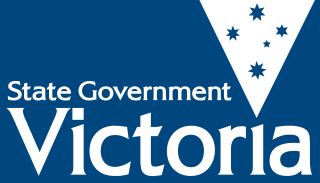


We are extremely proud of our multicultural school, with 74% of our students coming from a non-English speaking language background. Our unique school environment promotes connections between home and the community, encouraging inclusion of multiple perspectives. Our school builds a knowledge base about ethnic groups, develops cross-cultural skills and encourages positive attitudes about living and functioning in a multiracial global society.

United Kingdom

China

The Netherlands

Philippines
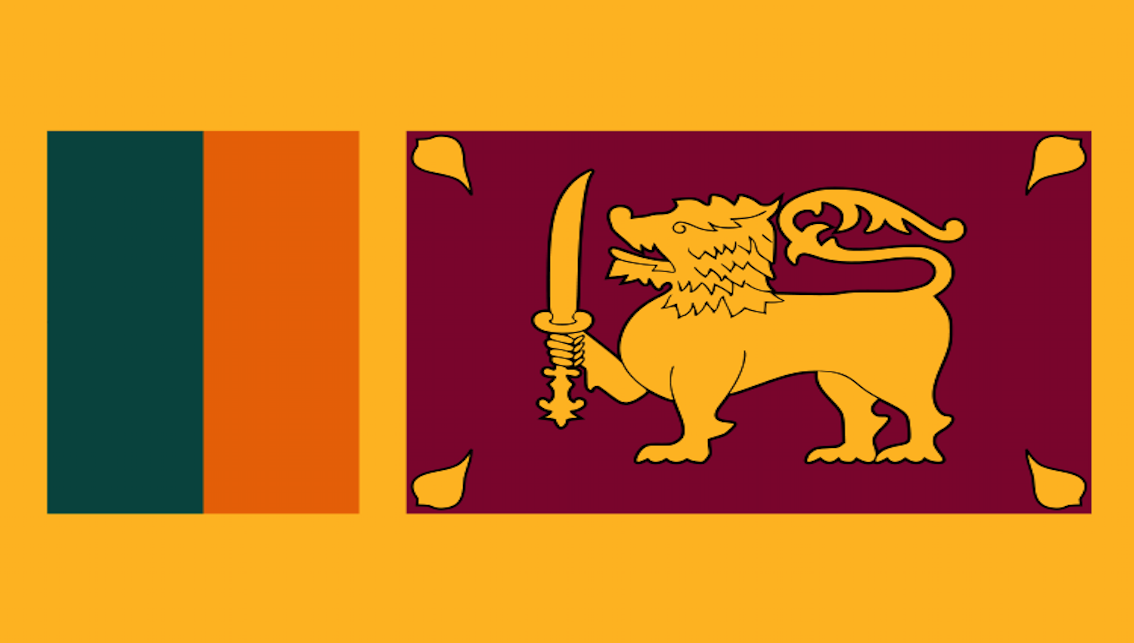
Sri Lanka

Ireland

Scotland

Romania
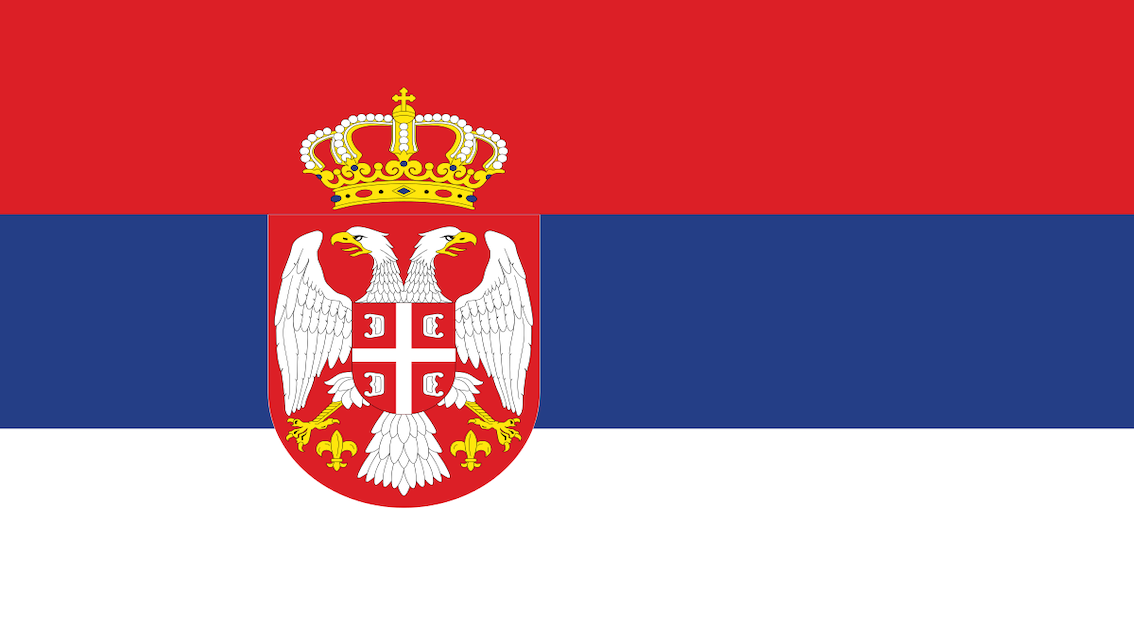
Serbia

Cambodia

Indonesia

Vietnam
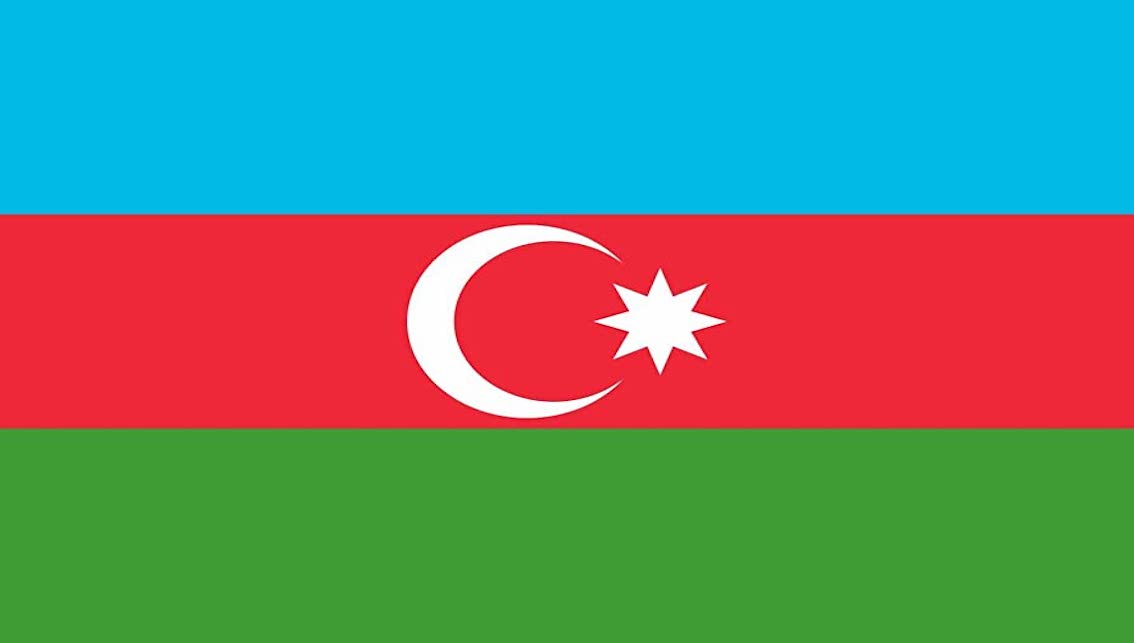
Azerbaijan
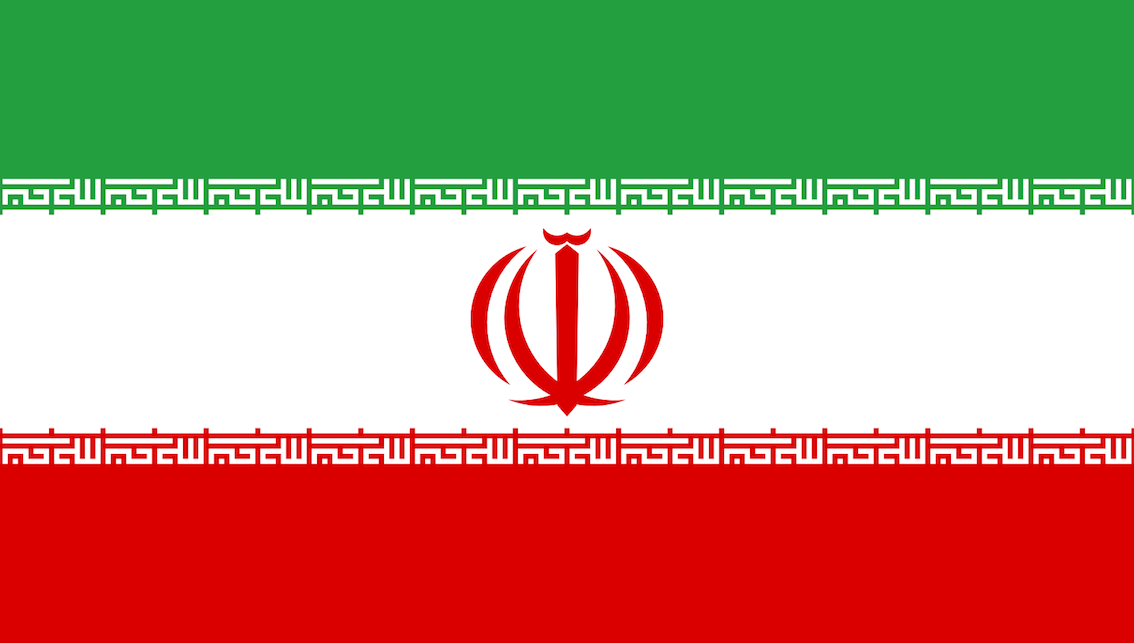
Iran

Malaysia
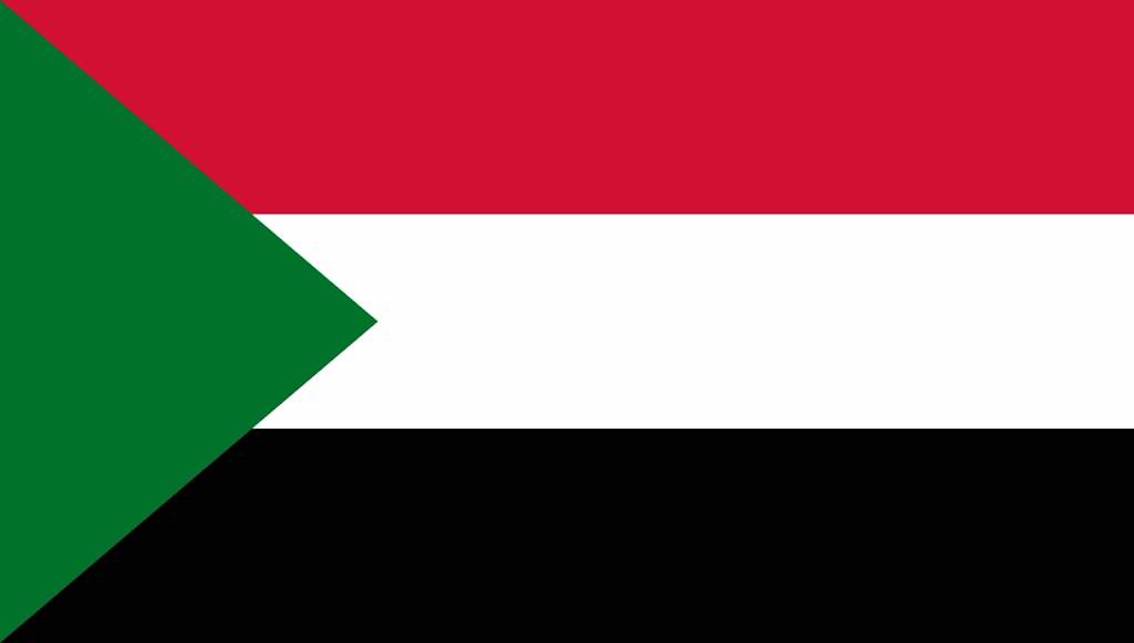
Sudan
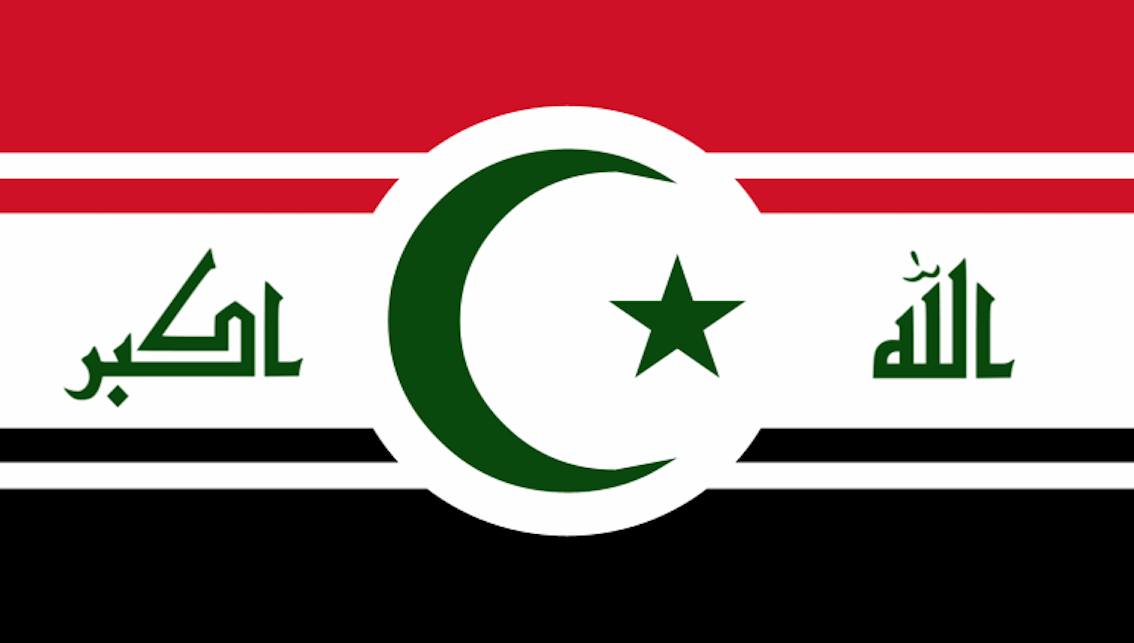
Iraq

Afghanistan
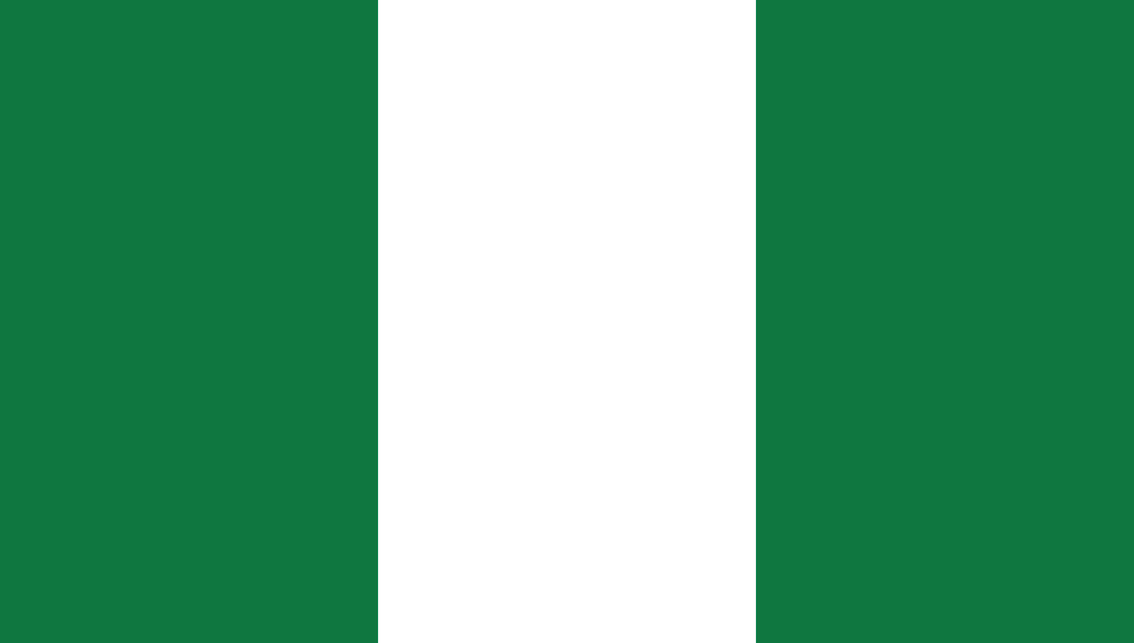
Nigeria

Nepal

India
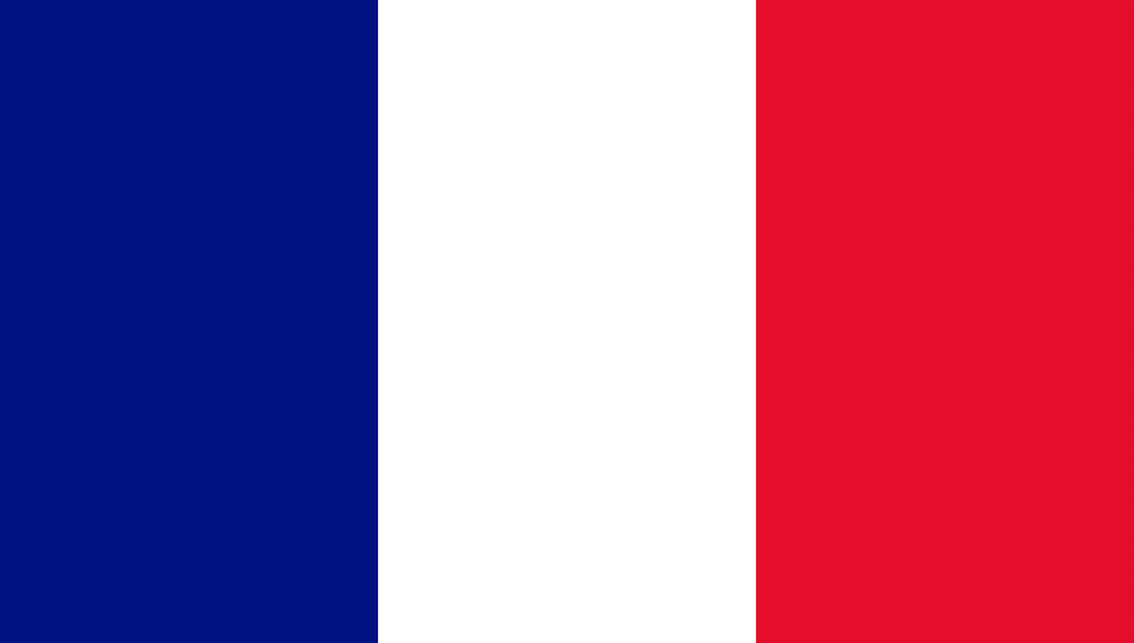
France
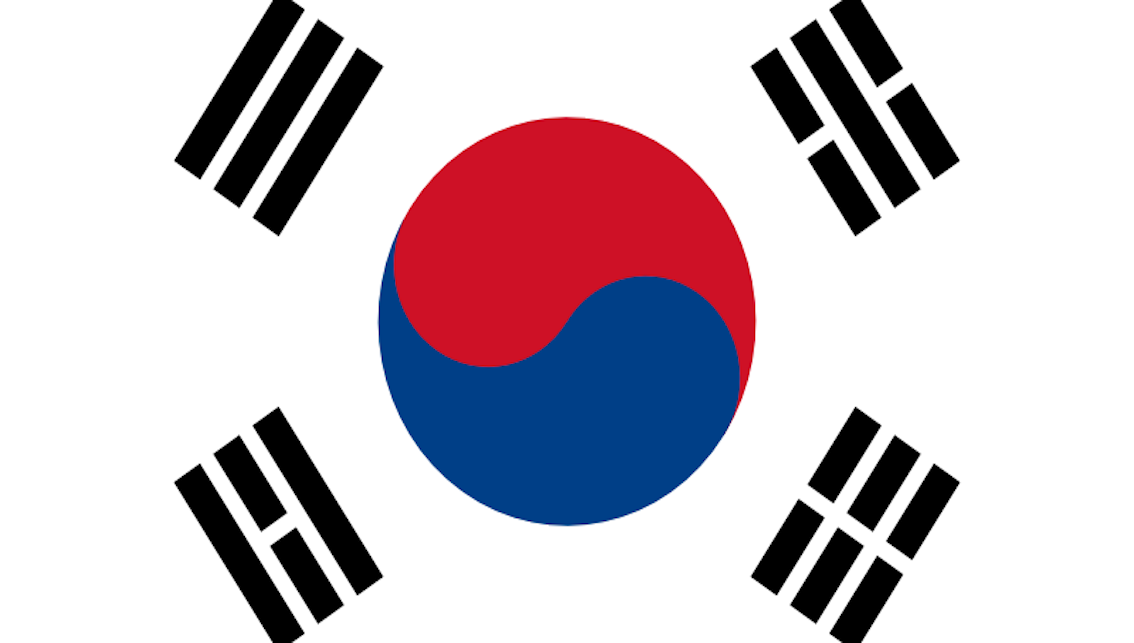
Korea

Taiwan

New Zealand

The School Council is responsible for the governance of the school and approving the policy directions. Elections are held every year before the 31st March. As membership tenure is 2 years, half of the elected member’s positions are up for re-election each year. .
School Council is responsible for ratifying all policies formulated by the management team. Policies are reviewed every three years in accordance with departmental mandates and guidelines. All policies are available for the school community to view or download in the links below.
